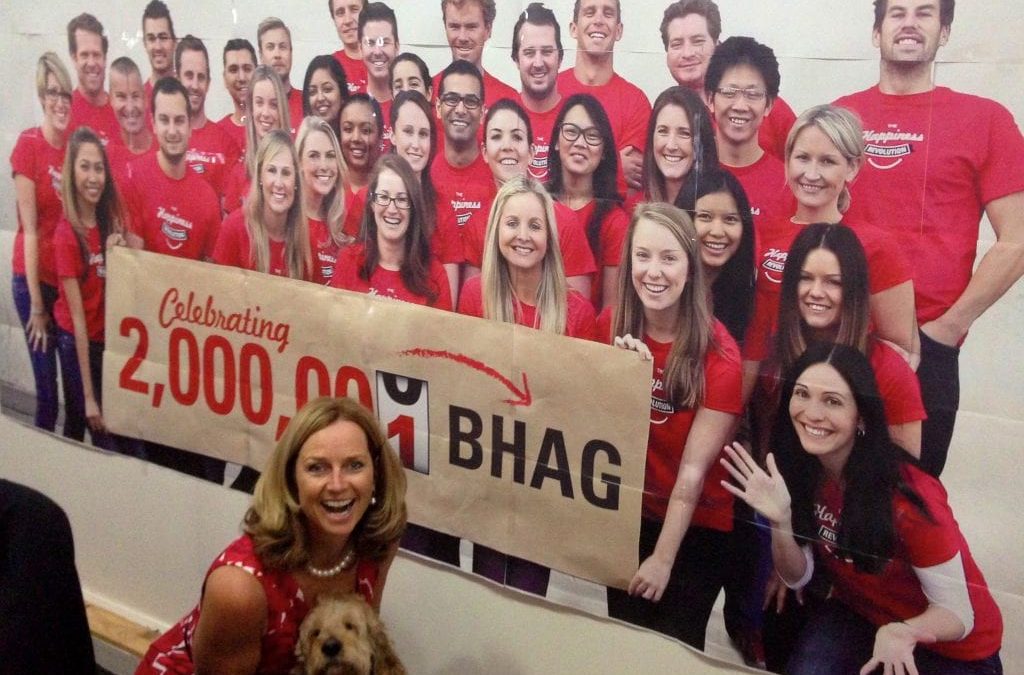Rhythm is every business owners friend
One of the absolute ‘pet hates’ for employees… is ‘wasting time’.
Recently I wrote about the un-productive nature of linear asynchronous communications, which is a fancy way of saying ‘email’ is killing the productivity of teams… and that collaboration and being able to build and work together can offer material improvements to how much people achieve.
One of the other major impediments to getting stuff done – is ‘meetings’. Not the fact that they meet, but that back to back meetings often lead to team members feeling that they are getting nothing done.
What do your team members believe? That;
37% of employees’ time is spent in meetings
39% think meetings are the biggest waste of time
47% of employees consider too many meetings mean that they are not getting their ‘work’ done.
It appears from my own experience the bigger the business the more that people ‘need to talk it through’.
Why do we meet in the first place?
1. To accelerate decisions
2. To exchange information
3. To build relationships
4. To get buy in for ideas
5. To unite the team
6. To solve problems and formulate a plan
These are all valid reasons to meet – however ‘talk fests’, ‘group think’ and ‘inward focus’, rather than focusing on the customer, is often what really takes place.
I visited RedBalloon recently and saw 12 people crammed into a meeting room (including some external agencies). The leader of the team came out to see me and said “oh we are just working on the X issue.” I was simply bewildered – how could we justify 12 people in a room to talk about the X issue? In my day, when I was CEO (now five years ago), I simply would have said ‘this is the way forward’.
When you are a founder you are incredibly pragmatic – you know the cost of time and that the real cost of the meeting is not only the combined salaries of the group meeting, it is the opportunity cost of not being with customers, suppliers or creating new opportunities.
I ask myself this question with every decision I make: ‘how many customers do I need to serve to recover the cost of this activity’? It quickly hones your decision making as to what is important.
Did I move the game forward one step closer to the Big Hairy Audacious Goal (BHAG)?
When it was just me and a few others in our start up – it was all work and few meetings. We had a clear and documented rhythm of meetings and ways to deal with including people and decision making. (Here is a blog post from 2007 where I describe what we did).
And a video piece from back in the day when I was asked about it…
Rhythm set us free. This is what we did (and what we do in Redii.com).
A stand-up huddle in the morning did the trick – at an odd time (ie 9.08am for six minutes) the agenda simply:
- What was the highlight from yesterday – and did you get done what you said you would the day before??
- What is the one thing that you are working on today??
- How did you move the game forward towards the BHAG??
Simple and effective
We had a schedule of one on one meetings every two weeks with direct reports – which was a review of KPIs progress and stop points in achieving outcomes.
We had a leadership meeting on a Monday which shared highlights and achievements, performance to plan and any road blocks on delivering the plan. This meeting cascaded to having short 10-minute team meetings that gave an update on cross-team activities, projects and next steps (again talking about stop points).
A monthly company meeting for celebration, transparency of results, recognition and sharing of plans.
A quarterly planning meeting that cascaded up from ideas from the team members.
Every meeting had an agenda (no agenda, no attendance), every meeting had a shared document of who is doing what and by when (WWW) and people were held to account.
People arrived at meetings prepared.
Meetings are an integral way to build culture. But I want the culture of productivity and accomplishment. Working on the rhythm of meetings in your business will allow your people to get on and ‘do some work’.
Stand up meetings, and walking meetings also work in terms of keeping people focused on an outcome.
This takes intentional leadership; it takes being pragmatic and focused on rhythm and outcomes. Meetings can be incredibly powerful and a great way to build team – but not if no work is getting done.

